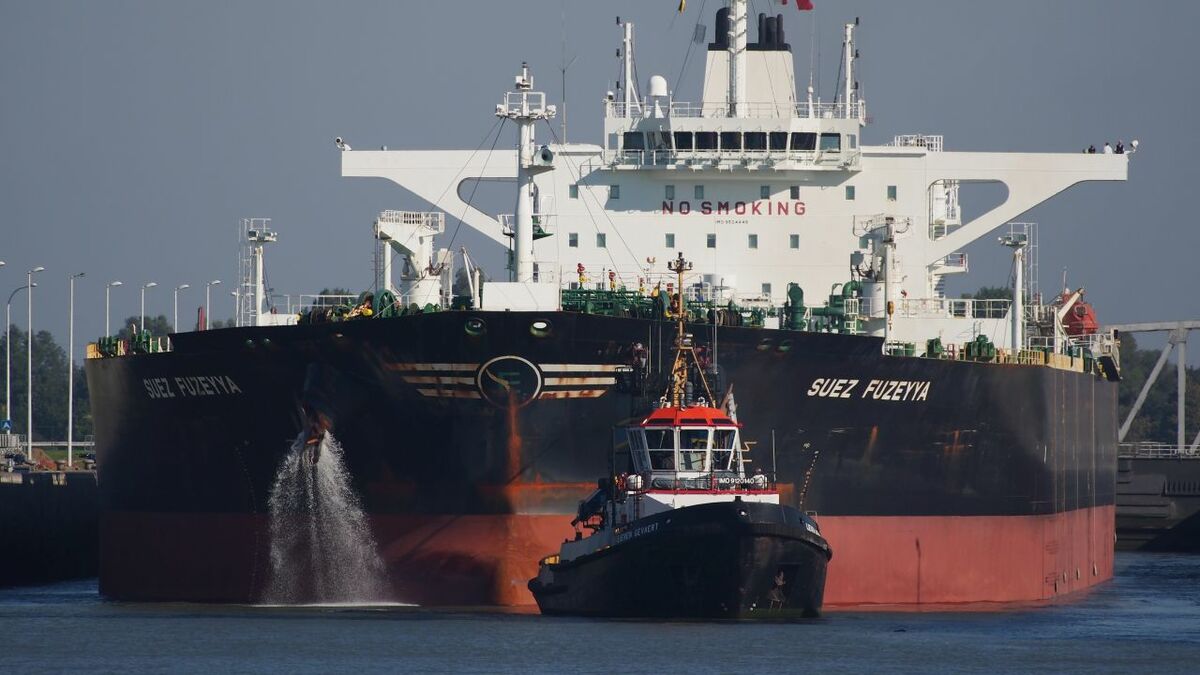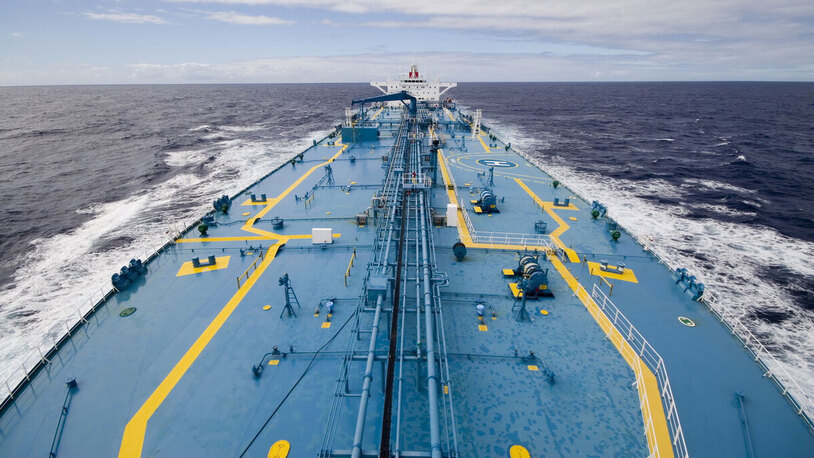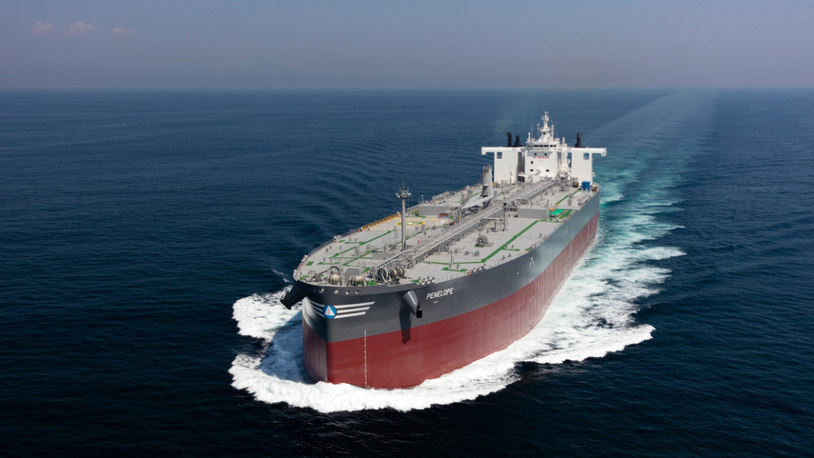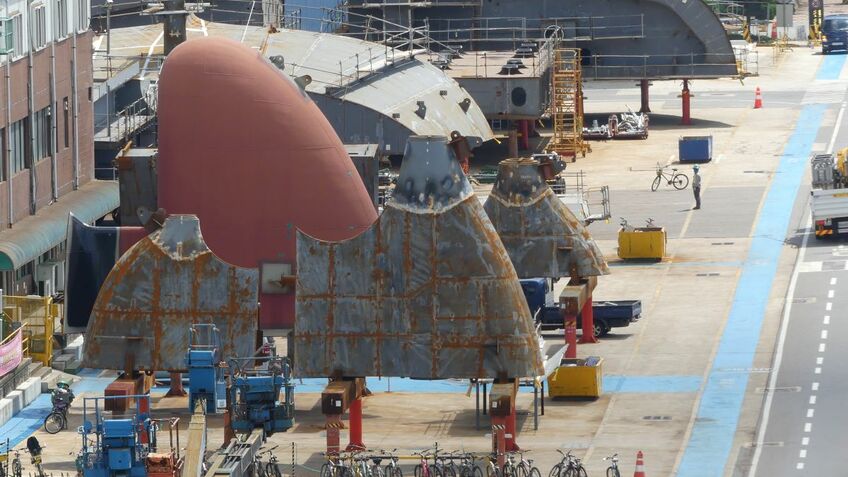Business Sectors
Events
Contents
VLCC earnings spike of 2019: more to come
Analysing the fundamentals and short-term drivers that created a recent VLCC earnings spike shows the market shaping up to encourage similar spikes in the future
October 2019 will go down in the collective memory of the tanker market as one of those rare events – an unpredictable spike in earnings that briefly saw time charter equivalent spot rates leap from US$35,000/day to US$300,000/day before subsiding to US$75,000/day by the start of November. With hindsight, it is possible to identify the elements that created the conditions, and the catalyst that generated the spike.
The first factor is that tanker demand is seasonal and rises in the last quarter as northern hemisphere countries build up crude oil and oil products stock for the winter. Clarkson Research Services (CRS) has identified three previous VLCC spikes, and while they all occurred for different reasons, the pull on tonnage during the northern hemisphere winter was a factor:
-
- Spot earnings increased from US$57,000/day in September 2004 to US$225,000/day in mid-November 2004 due to a lack of tonnage in the Middle East Gulf
- In Dec 2007, the oil spill from a single-hull South Korean tanker sent earnings to US$230,000/day.
- In the winter of 2015 a smaller VLCC spike briefly saw earnings reach US$113,000/day in December.
The winter of 2019/2020 has always been set to see higher tanker demand due to the transition from high sulphur fuel oil to low sulphur fuel oil mandated by IMO’s sulphur cap. The displacement of fuels with demand opened up arbitrage, new routes and increases in tanker ton-miles. For instance, in November 2019, the Suezmax tanker Suez Fuzeyya carried HFSO from a refinery in Jordan to the USA, according to oil analytics company Vortexa. With the additional IMO 2020 marine fuel sulphur cap demand, CRS has estimated that crude oil tanker demand in 2020 will rise by a firm 5% and demand for product tankers in 2020 by a firm 6%. And while these forces laid the groundwork for a rate spike, the specific catalyst for this 2019 spike has been geopolitical.
In the year since President Trump removed waivers on Iranian crude oil export sanctions, geopolitical tensions have arisen on multiple fronts. There was the (almost predictable) targeting of tankers in the Middle East in a series of de facto proxy skirmishes between Iran, the US and UK. And the Middle East tensions coincided and intermingled with a US–China trade war and sanctions on Venezuelan oil companies and exports.
Adding fuel to the fire, the US used its powerful tool, the Department of Treasury’s Office of Foreign Assets Control (OFAC) to take financial action against some of China’s COSCO-owned entities. The actions were portrayed as part of the ongoing sanctions against Iran, but they have also been a useful lever in the trade war with China. Similarly, sanctions against Venezuelan parties would have also been felt by China and Chinese interests, who have historically purchased Venezuelan crude oil via proxies.
So, given the current, potent mix of regulatory, economic and geopolitical factors that have caused this rate spike, how likely is it that a tanker earnings spike will happen again soon?
A look at some market fundamentals offers insight. Firmly improving tanker earnings are unwinding lay-up and speeding up the fleet. Operators are acting individually but optimisation of short-term fleet supply is taking place as they respond collectively to the potential to improve earnings. It’s a market dynamic Dr Martin Stopford calls short-run equilibrium1.
Normally, this kind of positive short-term outlook would provoke a wave of newbuilding contracting – producing the classic shipping boom and bust cycle in the tanker market.
But on the fundamentals side there are signs that tanker supply growth remains weak due to declining access to capital, and uncertainty over the technology to meet future IMO GHG limits.
The longer this lack of investment persists, the more VLCCs will trip over the age limit hurdles set by charterers, causing supply to tighten even further.
It is a dilemma. Should investors order “bridge fuel” LNG-powered VLCCs or wait for the shipyards to produce the zero-carbon emission VLCC that will serve a full lifecycle?
In fact, without the supply to absorb external shocks, earnings spikes may increase in number and magnitude in the near term. The catalysts that produce the spikes may be different each time, but the narrowing of supply to demand is bound to produce a very different 2020s VLCC market from that of the 2010s.
In short, there are clear signs that the rate spike we have just seen in 2019 will very likely be a common feature of the market in the next decade.
For more discussion on VLCC earnings and the outlook for the tanker market, sign up the Tanker Shipping & Trade Conference, Exhibition and Awards.
1. Martin Stopford. "Maritime Economics", 3rd Edition, Routledge.
Related to this Story
Events
Maritime Environmental Protection Webinar Week
The illusion of safety: what we're getting wrong about crews, tech, and fatigue
Responsible Ship Recycling Forum 2025
© 2024 Riviera Maritime Media Ltd.













